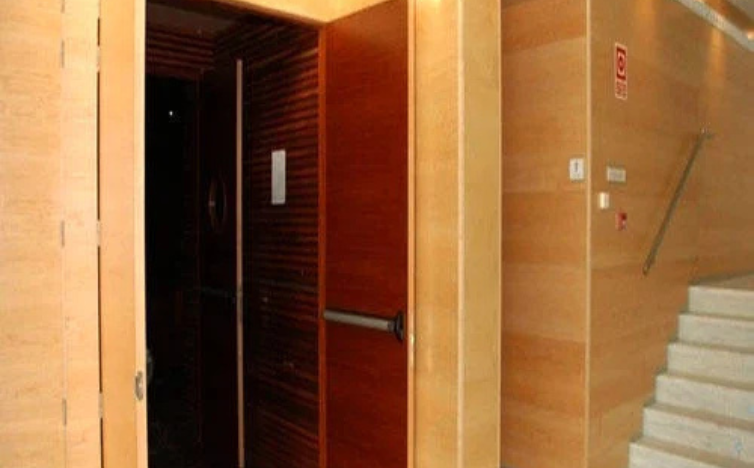Wooden acoustic doors are an excellent choice for enhancing sound insulation while adding a touch of elegance to your room. Whether you’re working on a home office, recording studio, or commercial space, the right acoustic door can make a significant difference in reducing noise. Here’s a comprehensive guide to help you choose the right wooden acoustic door for your specific needs.
1. Understand Acoustic Rating and STC Value
One of the most important factors in choosing an acoustic door is its sound transmission class (STC) rating. The STC value measures how well the door blocks sound. For home offices or residential areas, an STC rating between 25-35 is suitable, while commercial spaces like recording studios may require an STC rating above 45.
Why STC Matters:
- Low STC Rating (25-35): Suitable for blocking normal conversation and moderate noise.
- High STC Rating (40+): Ideal for spaces needing maximum soundproofing, like studios or conference rooms.
2. Consider Door Thickness and Material Quality
The thickness and material of the wooden acoustic door play a crucial role in its ability to block sound. Thicker doors made from solid wood or composite materials provide better sound insulation compared to thinner, hollow-core doors.

Key Points to Consider:
- Solid Wood: Provides excellent natural soundproofing.
- Composite Materials: Offer high acoustic performance, often with added layers for enhanced sound reduction.
- Thickness: A thicker door means better soundproofing but might require structural adjustments.
3. Look at the Sealing and Frame Design
A door’s acoustic performance depends not only on the material but also on how well it seals around the edges. Look for doors that come with high-quality seals and properly insulated frames to prevent sound leaks.
Types of Seals:
- Automatic Door Bottom Seals: They lower when the door closes, creating a tight seal to block sound.
- Perimeter Seals: These are applied around the door frame to ensure airtight closure and reduce sound leakage.
4. Choose the Right Finish and Design
While functionality is key, the door’s design should also complement the aesthetic of your space. Wooden acoustic doors are available in a wide range of finishes, from natural wood grain to painted options. Select a style that matches your décor while offering the soundproofing you need.
Factors to Consider:
- Natural Wood Grain Finish: Adds a classic and elegant look.
- Painted or Stained Finishes: Offers customization to match the room’s design.
Buy now: Wooden Acoustic Door
5. Measure the Space for a Perfect Fit
Accurate measurements are essential to ensure that your wooden acoustic door fits perfectly into your space. Measure the height, width, and depth of the doorway and account for the thickness of the frame and seals.
Measurement Tips:
- Double-check the doorway dimensions before ordering.
- Consider space for proper door swing and frame installation.
6. Think About Installation and Professional Help
Installing a wooden acoustic door can be more complex than installing a regular door due to its weight and the need for a perfect seal. Hiring a professional to install the door can ensure it’s fitted correctly for optimal soundproofing.
Why Professional Installation Matters:
- Ensures the door is properly aligned and sealed.
- Avoids common DIY installation mistakes like gaps or uneven sealing.
7. Budget Considerations
The cost of a wooden acoustic door can vary significantly based on the material, STC rating, and design. It’s essential to balance your soundproofing needs with your budget.
Budgeting Tips:
- Lower-end options: Still effective for moderate noise control, suitable for residential use.
- High-end doors: Offer superior soundproofing, ideal for studios and conference rooms.
Call us: Contact DeSound Soundproofing Expert in Dubai For Soundproofing: +971 56 231 4204
Conclusion
Choosing the right wooden acoustic door for your space involves considering multiple factors, from STC rating and material quality to sealing and design. By carefully evaluating your soundproofing needs and consulting a professional for installation, you can significantly improve the acoustic comfort of your space while adding a stylish wooden touch.

